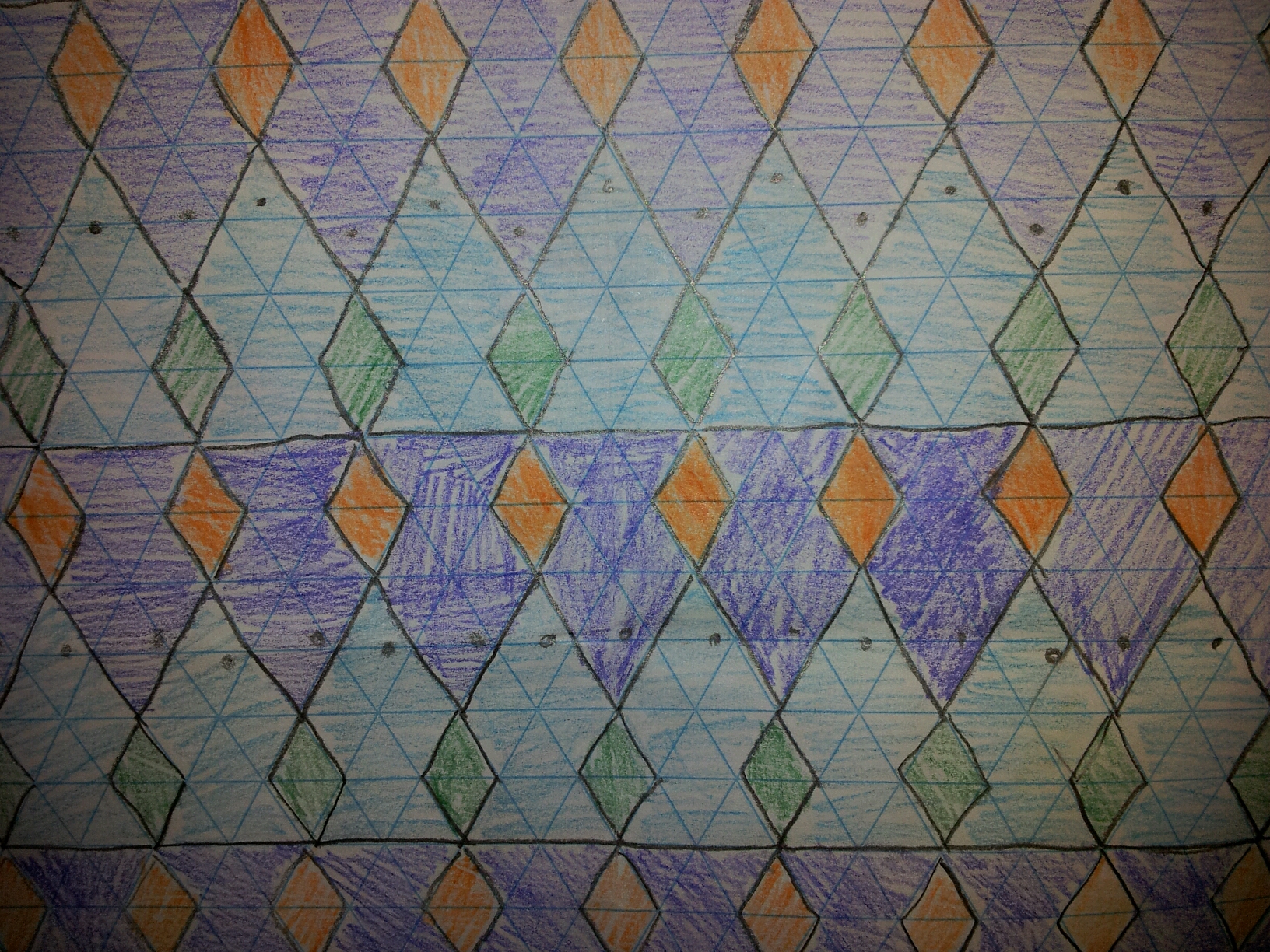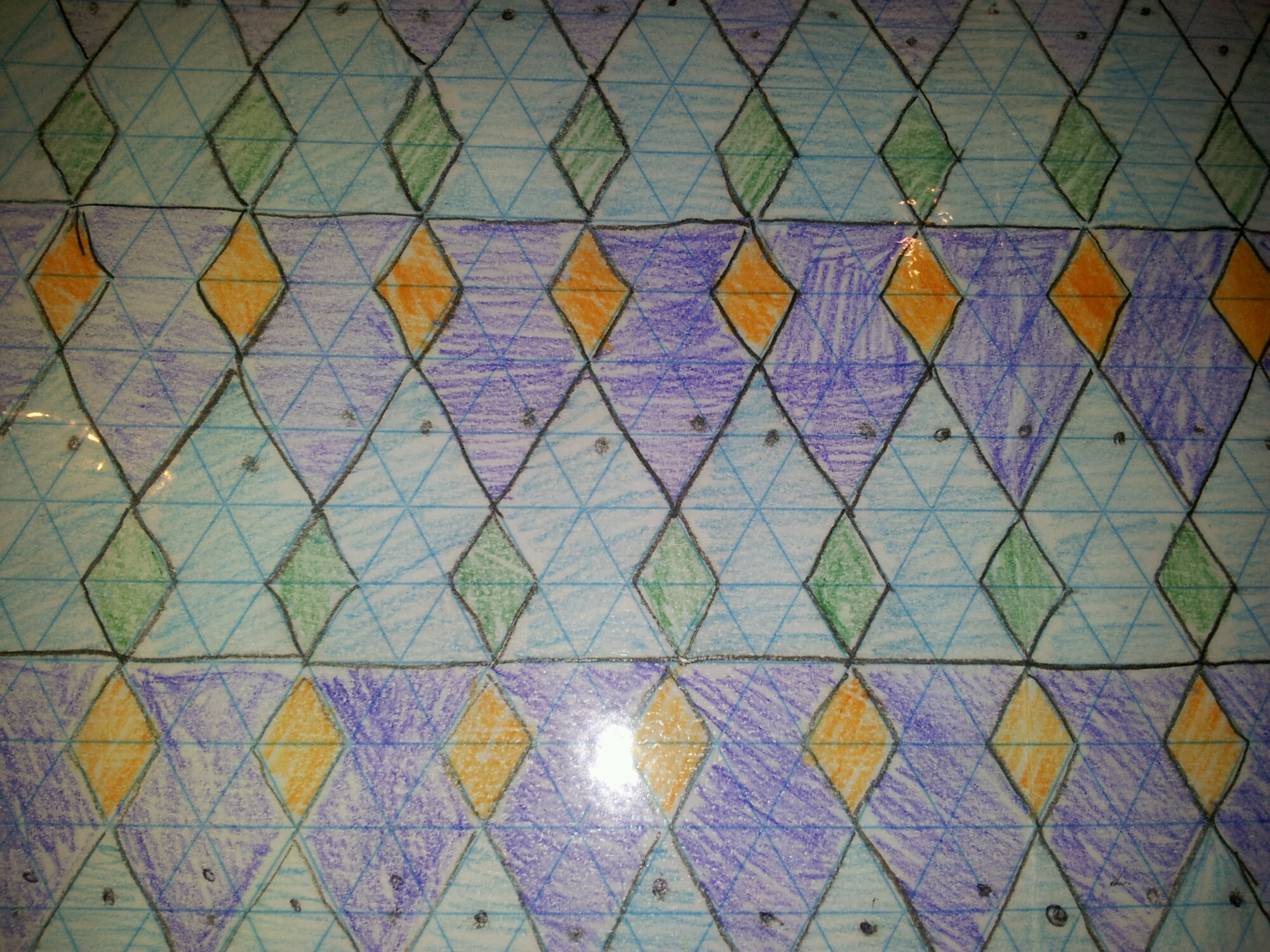I love tessellation! You get the chance to be a bit more artistic and creative. I’m a fan of this particular website too: http://www.tessellations.org/ The website has examples of fine art and student work, how to make different types of tessellations and even 3D tessellations.
Now I’m sure we all often use tessellation as a homework – the ‘Finish off your amazing classwork at home’ kind of thing. When collection time comes you get many different standards of work:
- Beautiful felt pen designs
- Beautiful coloured pencil designs
- Designs that started well and went a touch wobbly when they were rushed
- Beautiful, but slightly wrong designs
- Beautiful to begin with, then got crushed in a bag designs
- Didn’t do the homework designs
All, apart from the last case, can be enhanced and developed with the use of a laminator and a guillotine.
Why a guillotine?
To trim off rough edges and forgiveable errors where the student got muddled at the edge of the paper.
Why a laminator?
Laminating the work flattens out any crushed/folded bits. It also preserves decorative edgings when the work is on the wall.
Students who spend ages with coloured pencil produce lovely work which just doesn’t stand out:
However, laminating it makes the colours more vibrant:
It’s hard to show the difference in a photograph, but take my word for it – it works!
You mentioned feedback?
It’s tricky to feedback on visual work without writing an essay or scrawling over the work. A simple solution is to use a marker pen to write on the laminate. Hand out the laminated work and board pens. Students can critique each other’s work by drawing around the individual tiles and annotating them, any errors can be highlighted and other comments made. The wipe-off pens make it less threatening and avoid permanent marks. The great thing is that the original work is not damaged and all comments can be removed with a damp cloth. Of course if you are using this for a wall display teachers may want a more permanent pen for feedback.
Final display
These works of art will be more hardwearing than your average display. You could hole-punch the corners and tie them together to make a wall hanging. You could laminate work back to back and hang them from the ceiling. You could even use the wall hanging as a temporary curtain if you have a rail in your room.


